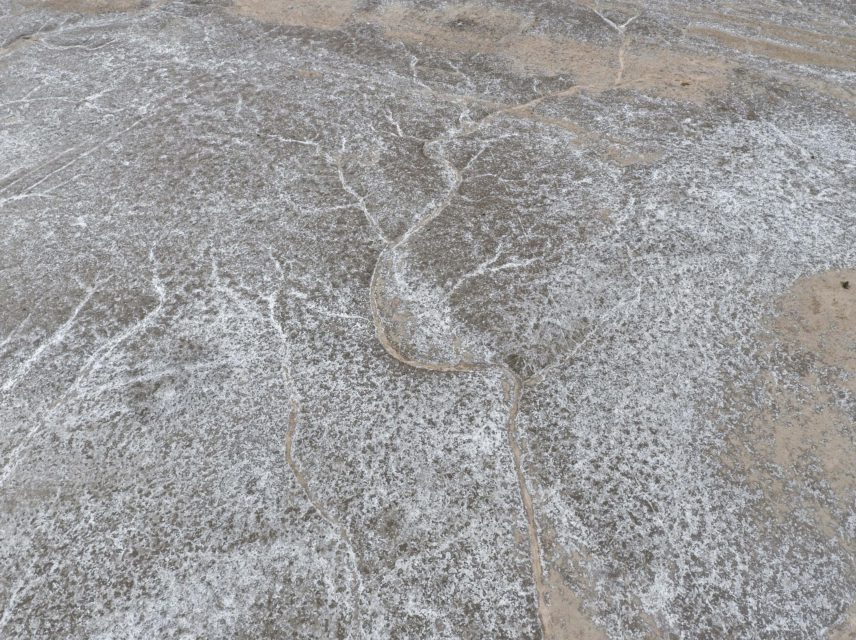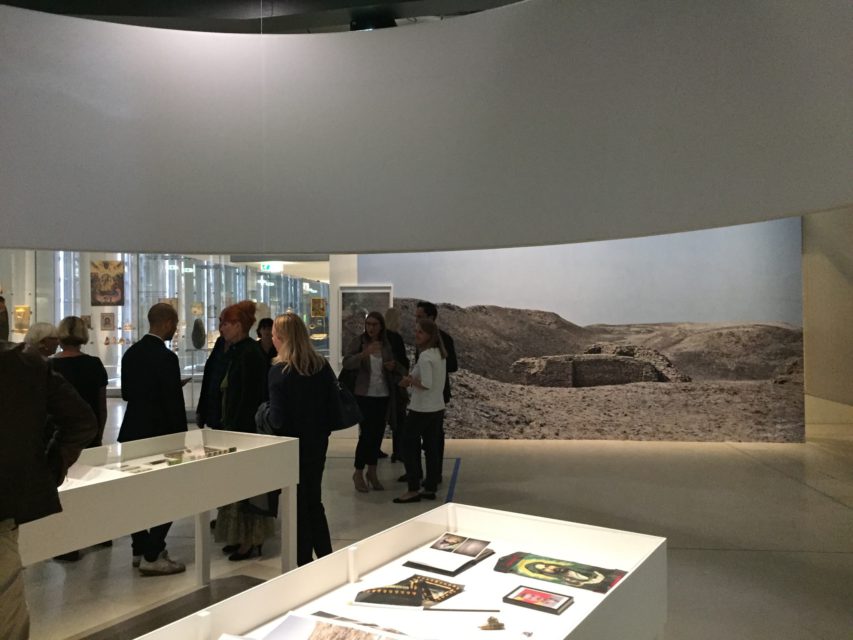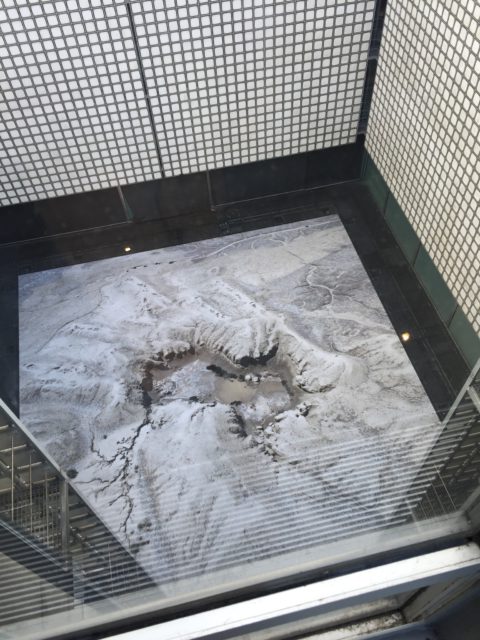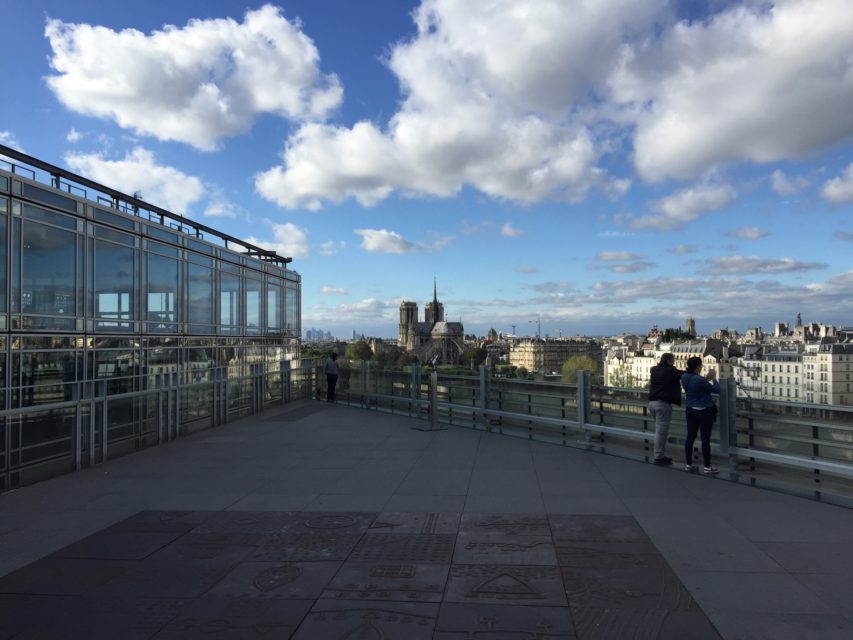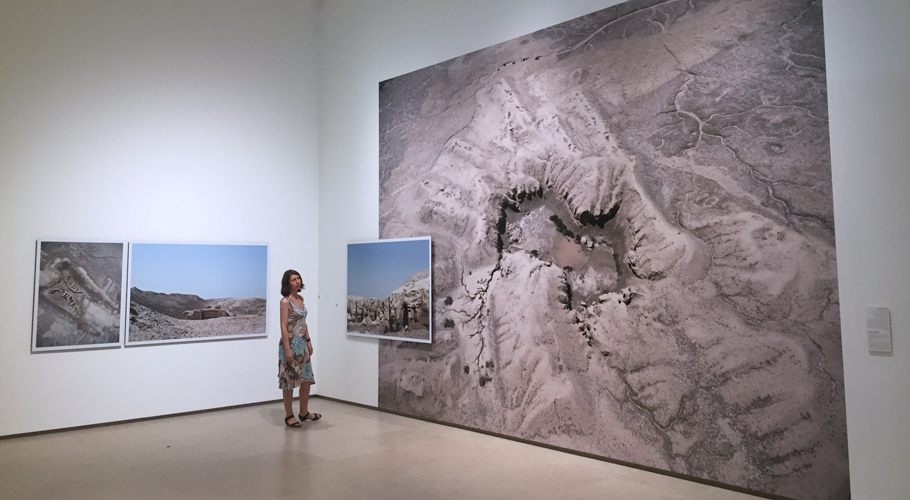Since men cultivate the land, rivalries over water are a source of disputes. The concept is expressed directly in the English language rivalry from the Latin rivalis, meaning the one who uses the same river as the other.
It was around 2600 BC in Mesopotamia (now Iraq) that the first known water war took place. The city-states of Umma and of Lagash (of which Girsu is the religious capital) fought for centuries over the exploitation of irrigation canals fed by the Tigris.
Today, many factors fuel fears of a ‘new water war’ on the very location of the destruction of the ancient city of Girsu. Power games between the different communities, the civil war in Syria, the presence of the Islamic State, but also the fact that the majority of the dams that control the flow of the Tigris and Euphrates are located in combat zones, are all factors of instability and tension. Coupled with – despite of the war – high population growth, the increasing scarcity of water resources in the region and global warming, a new water war is almost inevitable.
Last Water War – Ruins of a Future presents a series of photographs taken on the archaeological site of Girsu (Iraq) by Émeric Lhuisset. Through the ruin, the architectural object sculpted by time, positioned at the crossroads of past, present and future, the artist is questioning the future.
Exhibition
The exhibition contains an installation with large format framed photographs, taken with a drone. The images, fascinating and terrifying at the same tame, give the viewer a feeling of travelling through art history, from the Renaissance to the Romantic Period. In September 2016, the installation was on show for the very first time in Institut du monde arabe, Paris (FR).
Book
The book Last Water War – Ruins of a Future has been conceptualised as an art object but also as an object of scientific research. It is divided into four parts including four maps. Each part deals with a specific approach on the archeological site and water wars, written by several researchers and journalists. Jack Lang, former French Minister of Culture, wrote the introduction and other texts.
Geopolitical approach: Allan Kaval, independent journalist (Le Monde, Nonfiction.fr)
Climatic approach: Julia Marton-Lefèvre (environment and sustainability expert, former Director General of IUCN), Sarah Hassan
Historical Approach: Dr. Ariane Thomas (curator Mesopotamian collections Louvre)
Critical view: Philippe Dagen (professor and art critic)
-
Read more »Emeric Lhuisset: les ruines, loin des clichés
-
Read more »Constructive and Creative Approaches to Talking About the Weather
-
Read more »Emeric Lhuisset, lanceur d’alerte

